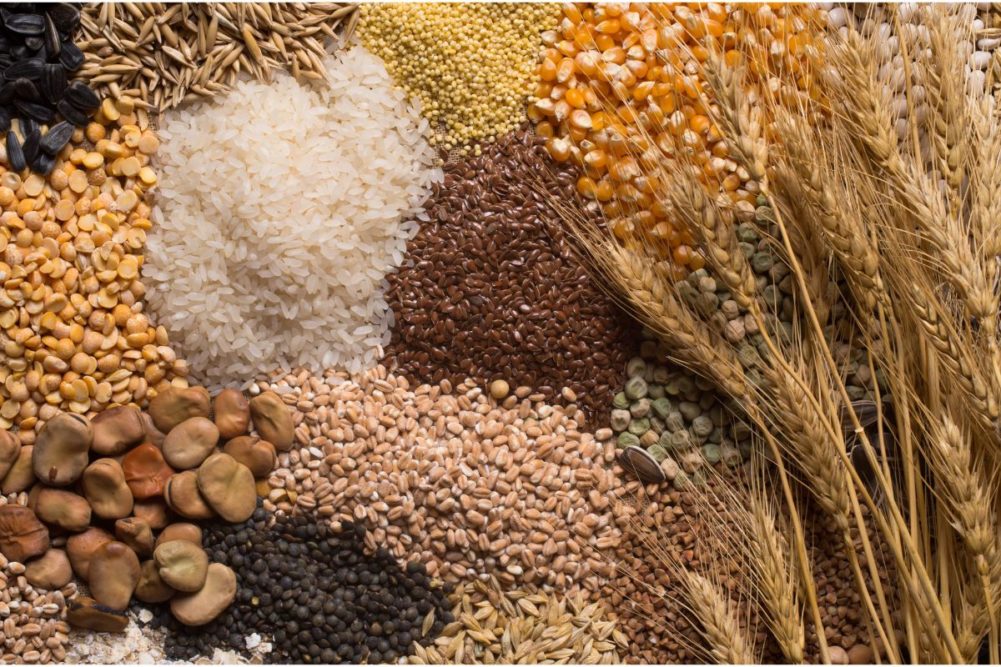ROME, ITALY — Global cereal production this year is forecast to reach a record 2.81 billion tonnes, according to the Food and Agriculture Organization of the United Nations’ latest Cereal Supply and Demand Brief released on Nov. 3.
Of note was higher projected coarse grain production in China and most of West Africa and lower forecasts for the United States and the European Union. Wheat output forecasts were raised for Iraq and the United States and revised downward for the European Union and Kazakhstan. World rice production in 2023-24 is forecast to increase marginally year-on-year. The new revisions include an upgrade to India’s production, more than offsetting various other revisions, particularly a further downgrade of Indonesian production prospects.
World cereal utilization in 2023-24 is forecast to reach 2.810 million tonnes, with the total utilization of both wheat and coarse grains set to surpass 2022-23 levels while rice utilization is expected to stagnate at the previous season’s level.
The world cereals stocks-to-use ratio for 2023-24 is forecast to stand at 30.7%, “a comfortable supply situation from a historical perspective” and marginally above the previous year’s level of 30.5%, according to the FAO.
Global trade in cereals in 2023-24 is forecast at 469 million tonnes, a 1.6% contraction from the preceding year.
The FAO also noted in a separate report that persisting and intensifying conflicts are aggravating food insecurity, and moderating international food commodity prices are being countered by weak currencies in many low-income countries. A total of 46 countries around the world, including 33 in Africa, are assessed to need external assistance for food, according to the latest Crop Prospects and Food Situation report, a triannual publication by FAO’s Global Information and Early Warning System (GIEWS).
More than half the residents of the Gaza Strip were estimated to be in acute food insecurity already in 2022, and escalation of the conflict there between Israel and the Hamas organization will increase humanitarian and emergency assistance needs even as access to the affected areas remains an alarming concern, the FAO said, adding that spillover effects from the conflict could worsen food insecurity in Lebanon.
While world cereal production is forecast to expand by 0.9% in 2023 from the year before, the pace of growth will be half of that rate for the group of 44 Low Income Food Deficit Countries (LIFDCs), the report noted.





